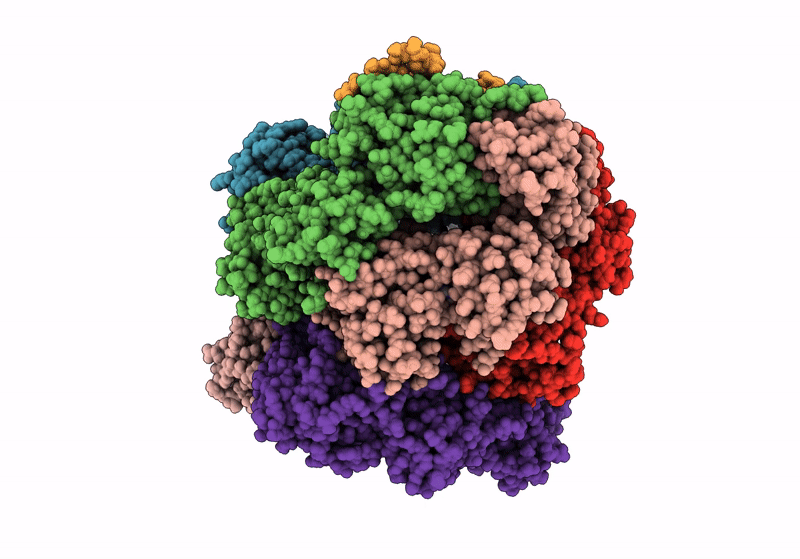
Deposition Date
2023-03-14
Release Date
2024-03-27
Last Version Date
2024-10-16
Entry Detail
Biological Source:
Source Organism:
Escherichia coli K-12 (Taxon ID: 83333)
Host Organism:
Method Details:
Experimental Method:
Resolution:
2.70 Å
Aggregation State:
PARTICLE
Reconstruction Method:
SINGLE PARTICLE


